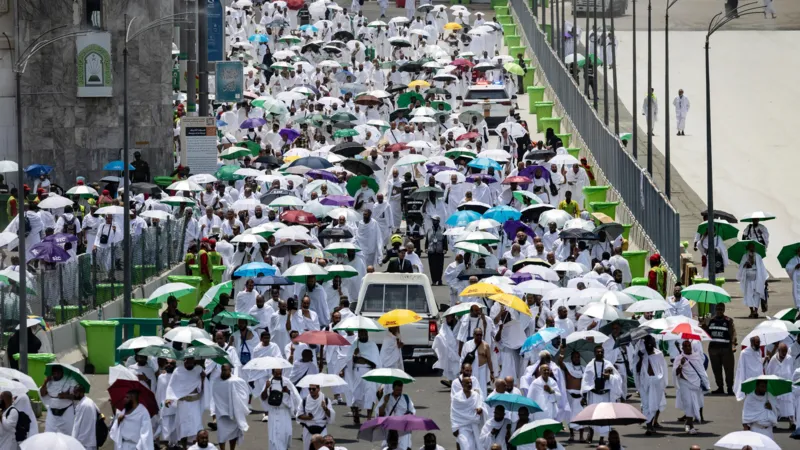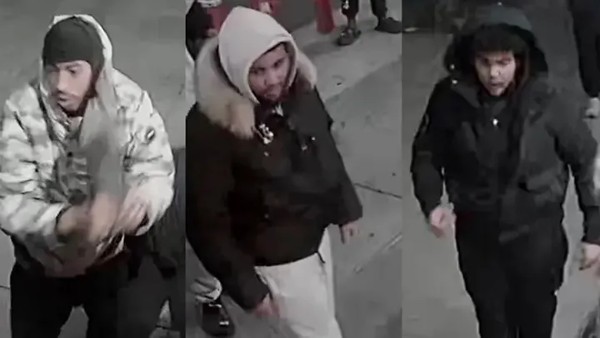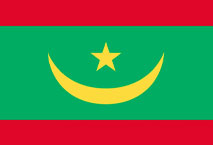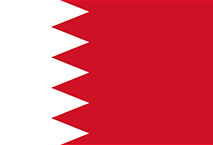Many people are believed to have died during the Hajj pilgrimage in Saudi Arabia, mostly because of extreme heat with temperatures over 51°C (123°F).
An Arab diplomat told AFP news agency that 658 Egyptians had died. Indonesia reported over 200 deaths among its citizens, and India confirmed 98 deaths. Pakistan, Malaysia, Jordan, Iran, Senegal, Sudan, and Iraq’s Kurdistan region also reported deaths. The US suspects that some Americans died too, according to the Wall Street Journal. Friends and family have been searching for missing people in hospitals and posting online.
The high number of deaths has caused a lot of problems. On Saturday, Egyptian Prime Minister Mostafa Madbouly took away the licenses of 16 tourism companies and sent their managers to prosecutors for enabling illegal pilgrimages to Mecca. On Friday, Jordan detained several travel agents who arranged unofficial travel for pilgrims. Tunisian President Kais Saied fired the minister of religious affairs after media reported 49 Tunisians had died, many of whom were unregistered pilgrims.
Hajj is an annual pilgrimage to Mecca that all financially and physically able Muslims must complete at least once in their lifetime. This year, about 1.8 million people participated, according to Saudi Arabia.
More than half of those who died were unregistered pilgrims who joined Hajj through unofficial means, making them unable to use cooling facilities like air-conditioned tents and buses, AFP reports.
Saudi Arabia has increased safety measures at Hajj in recent years but still faces criticism for not doing enough, especially for unregistered pilgrims. They have not yet commented publicly on the deaths. However, AFP quoted a senior Saudi official saying 577 people died on the two busiest days of Hajj: Saturday, when pilgrims prayed in the sun on Mount Arafat, and Sunday during the “stoning of the devil” ritual in Mina.
“This happened amid difficult weather conditions and very high temperatures,” the official said.
Here are some reasons why people died.
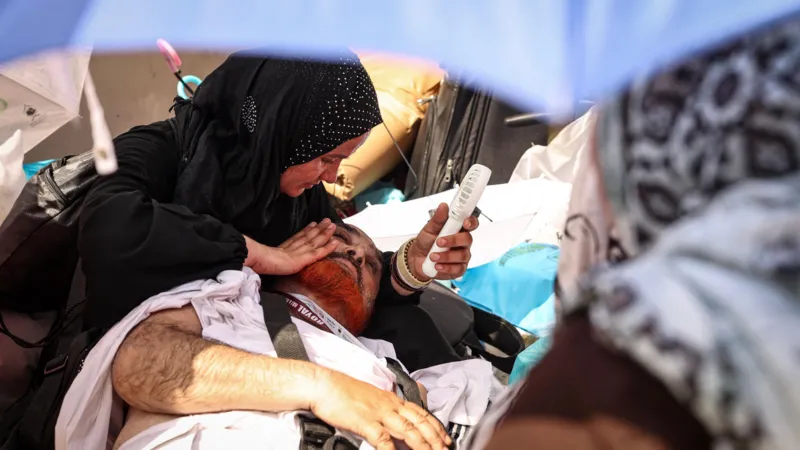
Extreme Heat
Unusually high temperatures in Saudi Arabia are thought to be a major reason for many deaths.
Even though the Saudi Health Ministry warned people to avoid heat and stay hydrated, many pilgrims suffered from heat stress and heatstroke.
Aisha Idris, a Nigerian pilgrim, told BBC World Service’s Newsday, “It’s only by God’s mercy that I survived because it was incredibly hot. I had to use an umbrella and constantly pour Zamzam water (holy water) on myself.”
Another pilgrim, Naim, died from heatstroke, leaving her family searching for answers.
“Communication with my mother was suddenly cut off. We spent days searching, only to learn she had passed away during Hajj,” her son told BBC News Arabic. He added that they would honor her wish to be buried in Mecca.
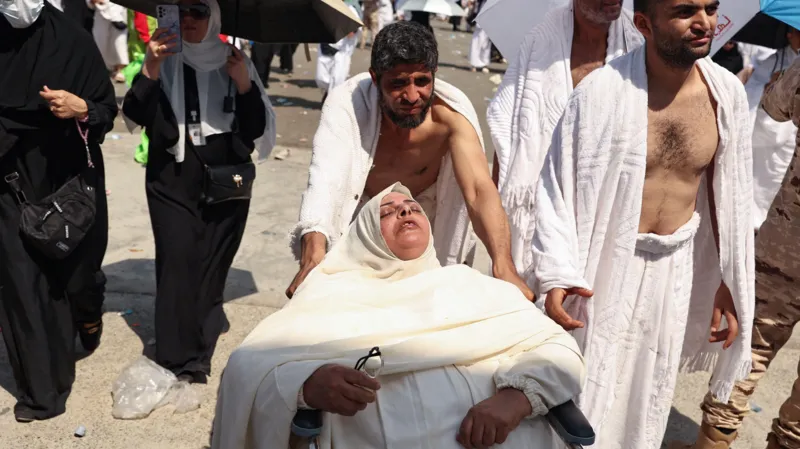
Pilgrims face risks from the unfamiliar heat, hard physical activity, and large open spaces. Many are also old or sick. Heat-related deaths during the Hajj have been recorded since the 1400s. Scientists say global warming will make things worse. Carl-Friedrich Schleussner from Climate Analytics told Reuters that the Hajj has been in a hot climate for over a thousand years, but the climate crisis is making it worse. His research shows that if global temperatures rise by 1.5°C above pre-industrial levels, the risk of heatstroke during Hajj could increase up to five times.
Overcrowding and poor sanitation are also problems. Some reports say poor management by Saudi authorities made the extreme conditions worse. Accommodations and facilities were not well-managed, with overcrowded tents lacking proper cooling and sanitation. Amina (not her real name), a 38-year-old from Islamabad, said, “There were no air conditioners in our tents in the heat of Mecca. The coolers that were installed did not have water most of the time.”
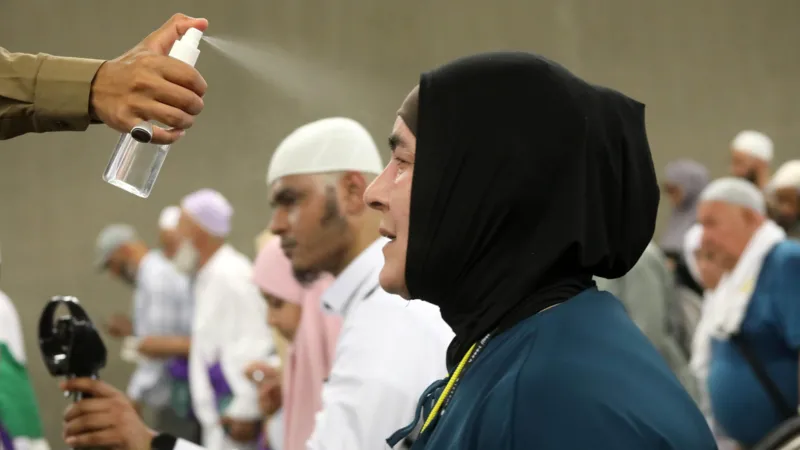
“There was so much stuffiness in these tents that we were sweating a lot, and it was a terrible experience,” she says. Fauziah, a pilgrim from Jakarta, agrees and says, “Many people fainted because the tents were too crowded and hot.”
She would like to see improvements but thinks, “this is the best organization of the Hajj so far.” The Saudi Health Minister pointed out the resources used to keep pilgrims safe. A government statement said there were 189 hospitals, health centers, and mobile clinics with more than 6,500 beds, and over 40,000 medical, technical, administrative staff and volunteers.
Transportation
Pilgrims often had to walk long distances in the intense heat, with some blaming roadblocks and poor management. Muhammad Acha, who organizes Hajj trips for a private group, said that in the summer, a typical pilgrim may have to walk at least 15 kilometers per day. This exposes them to heatstroke, fatigue, and a lack of available water.
“This is my 18th Hajj, and in my experience, the Saudi controllers don’t help. They control, but they don’t assist,” he said. “In earlier years, the U-turns to access the tents were open, but now all those routes have been closed. Because of this, a regular pilgrim, even if staying in a Category A tent in Zone I, has to walk 2.5 kilometers in the summer heat to reach their tent,” he explains.
“If there is an emergency on this route, no one will reach you for 30 minutes. There are no arrangements to save lives, nor are there water points along these paths,” Acha adds.

Undocumented pilgrims
To perform Hajj, a pilgrim must apply for a special Hajj visa. But some people try to join the five-day pilgrimage without the correct documents, despite Saudi officials’ efforts to prevent this. Pilgrims without proper documentation often avoid authorities, even when they need help. This “unofficial Hajj” issue is thought to contribute to more deaths and overcrowding in tents.
“We suspect those using non-Hajj visas have entered the Hajj areas,” says Mustolih Siradj, chairman of Indonesia’s National Hajj and Umrah Commission (Komnas Haji). Saad Al-Qurashi, an adviser to the National Committee for Hajj and Umrah, tells the BBC: “Anyone who does not have a Hajj visa will not be tolerated and must return to their country.” He adds that unauthorized pilgrims are identified using Nusuk cards, which are given to official pilgrims and contain a barcode for entry to holy sites.
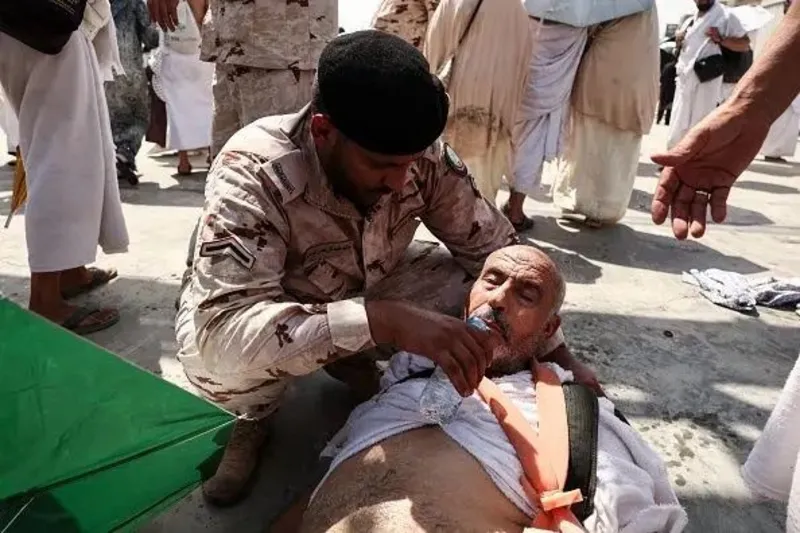
Many elderly or sick pilgrims go to the Hajj each year. One reason there may be many deaths is that many people wait until they are older to go, after saving money for a long time. Some Muslims also hope to die during the Hajj because it is considered a blessing to die and be buried in the holy city.
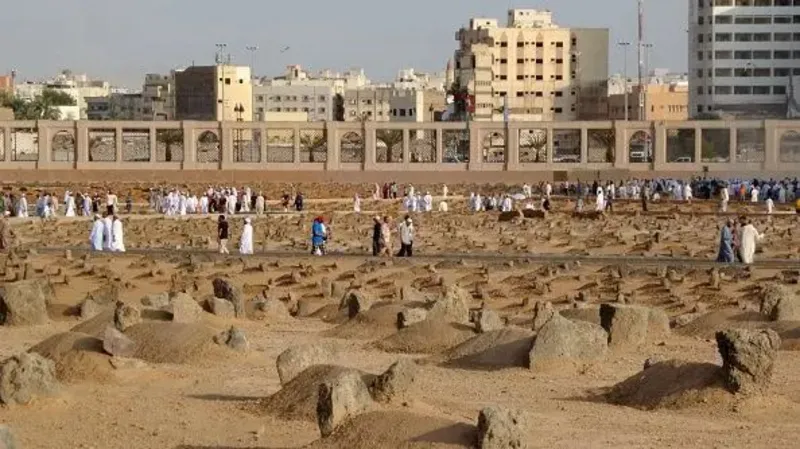
When a pilgrim dies during Hajj, their death is reported to the Hajj Mission. The person’s identity is confirmed using wristbands or neck IDs. A doctor’s certificate is obtained, and Saudi Arabia issues a death certificate.
Funeral prayers are held at significant mosques like Masjid al-Haram in Mecca or the Prophet’s Mosque in Medina. The body is washed, wrapped, and moved in freezers provided by the Saudi government, which pays for everything.
Burials are simple, without markers, and sometimes multiple bodies are buried in the same place. The cemetery book records who is buried where, so families can visit if they want to.
The Saudi government, along with various groups and the Red Crescent, ensures that burials are done in a dignified and respectful manner.
Published: 27th June 2024
Also Read:
Israeli Soldier Killed in West Bank Raid
No more long-term tax benefits for debt mutual funds: NRIs will be affected, here’s how
With Corporate Tax, UAE businesses still have time to mend wrong transaction entries
Disclaimer: “The Arabia Times” strives for accuracy and fairness in our reporting. While “The Arabia Times” endeavors to ensure the information presented is correct, “The Arabia Times” cannot guarantee its completeness or accuracy. Opinions expressed are those of the authors and do not necessarily reflect the views of “The Arabia Times.”

